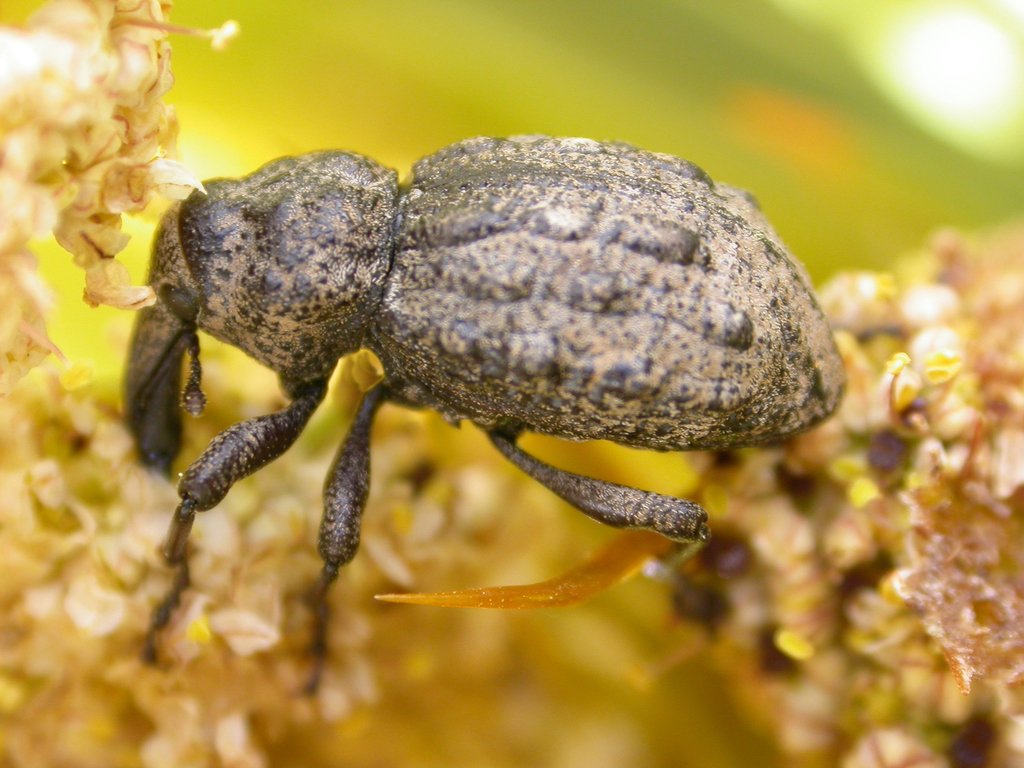
New Zealand is home to over 20,000 species, sadly many of them are threatened, and we don’t even know everything we have; more insects are still being discovered.
Insects are the food source for most birds, lizards, bats, amphibians and freshwater fish. Leafcutter bees, wild bees, honeybees, butterflies and moths are important pollinators, transferring pollen in and between flowers. Ground beetles, ladybird beetles, hover flies, aphid midges and lacewings predate on insects and mites. Native wasps are in the category of parasitoid insects. They feed on a living host for part of their development, but unlike a parasite, a parasitoid eventually kills its host.
The abundance of the insect population has been vastly reduced. Years ago, windscreens covered by insects, particularly moths, were a good indicator of abundance, all unintentionally wiped out by moving cars. This is certainly no longer the case, few and far between on the windscreen.
Loss of remnant vegetation due to agricultural intensification resulted in loss of diversity and reduction of abundance of beneficial insects. Predators such as hedgehogs and cats contribute to the demise of the insect population. Hedgehogs are primarily insectivores, they have a voracious appetite for invertebrates. While cats do not typically eat invertebrates as a source of protein, they simply follow their natural instinct to hunt and according to research demolish a fair number of insects.
There are a number of reasons why we should try to increase the diversity and abundance of beneficial insects: effective pollination is likely to increase agricultural and horticultural yields, reduce pest damage to crops and reduce the application of insecticides.
Our bat populations here in the region are most likely too small to be effective pest controllers. The long tailed bats are insectivorous; they can consume up to 100% of their bodyweight in insects each night. A research project in Australia is looking into what key pest insect species bats are feeding on and how to improve bat habitat in vineyards. The project aims to determine if the pest control services provided by bats can be increased by providing additional roost sites for in and around vineyards.
One of the many critically endangered species in the region is the Canterbury knobbled weevil. The beetle, once common on the Canterbury Plains, was thought to be extinct about 1922. They were rediscovered in 2004 at Burkes Pass.
Since then, an exclusion fence was installed in 2022 around this habitat to protect the host plant (speargrass/spaniard). Adult weevils feed on speargrass leaves and flowers while larvae feed on the taproot below ground. Last November another population of knobbled weevils was discovered at Ōtuwharekai/Ashburton Lakes. The Department of Conservation has secured some funding to help protect the species for the two known populations.
■ Ines Stager is a landscape architect based in Geraldine, and a committee member of the local branch of the Royal Forest & Bird Protection Society.












